Seventy One ~ Tavistock, Devon.
Client : Mitchell Property Developments Ltd.

The Plymouth and Tavistock Turnpike Trust was formed early in the 19th century to create and maintain a new road for the sixteen mile stretch between the two towns. Up until then, the old road had passed through the villages of Whitchurch, Grenofen, Sortridge and Horrabridge. The new road was completed in about 1822. A toll house was built on Westbridge about the same time. This toll house, a key part of the turnpike system that managed tolls on roads in the area, is also noted for being part of the Duke of Bedford’s housing schemes for miners, with Westbridge Cottages, built around 1850, nearby. The Tavistock Turnpike Trust folded in 1877 and responsibility for the repair and maintenance fell to the parishes through which the highway passed.
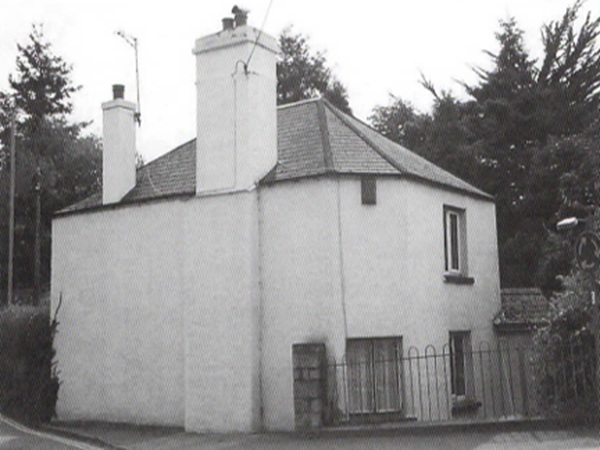
By 2015/2016 the toll house had fallen into disrepair and it, along with the land it was situated on, was sold and re-developed for residential use. The new development was named Seventy One. This name was chosen as there were going to be ‘seven’ new residential units built plus the existing toll house which was also going to be converted, making up the other ‘one’, hence the name Seventy One. We were asked to build a new boundary wall around this new development. New stone sourced from Darley Ford quarry had been specified for the wall consisting of granite that had been cropped into squares and rectangles of different sizes with varying colours.
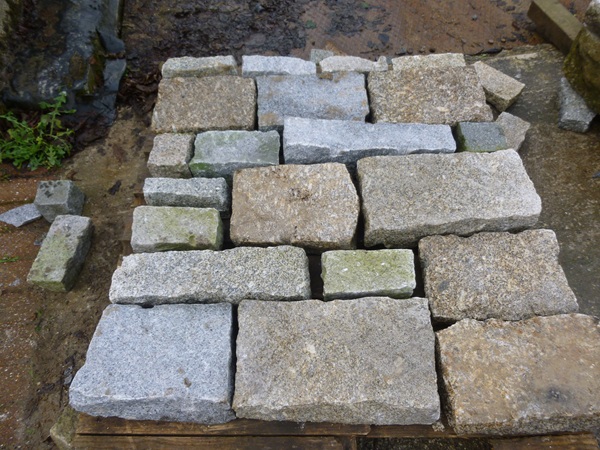
A concrete block wall had already been built for us to face with the new granite and we soon got started laying the new stone.
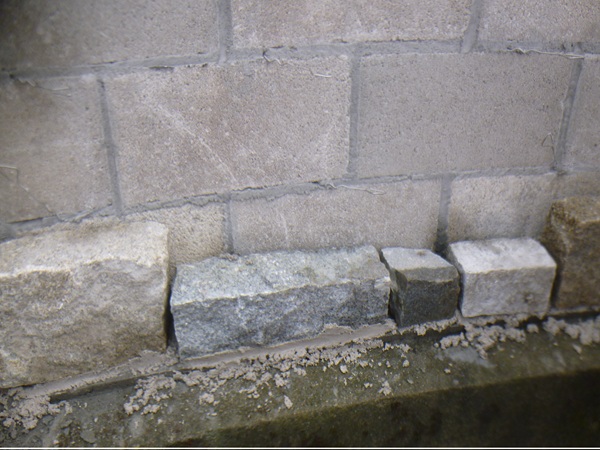
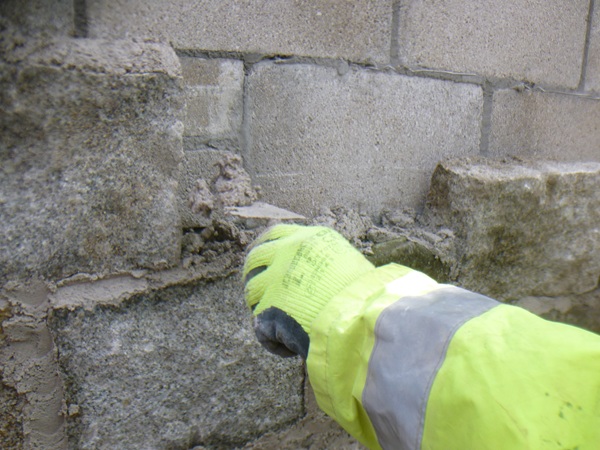
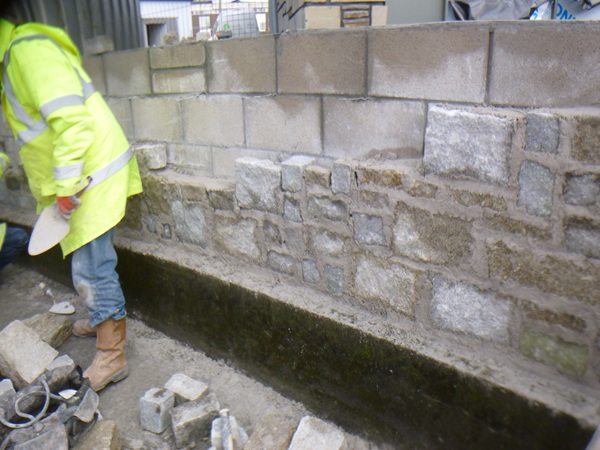
When the boundary wall was up to its height, a castellated coping was put on top.


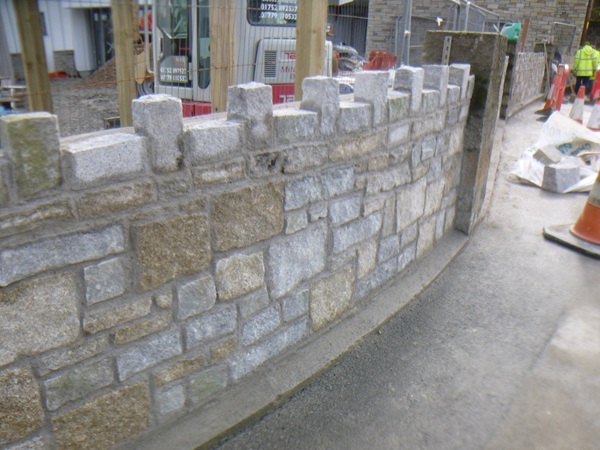
A recessed panel was built into the new wall so a slate plaque with the name ‘Seventy One’ could be set back into it. This had lighting incorporated in the wall to illuminate it at night.
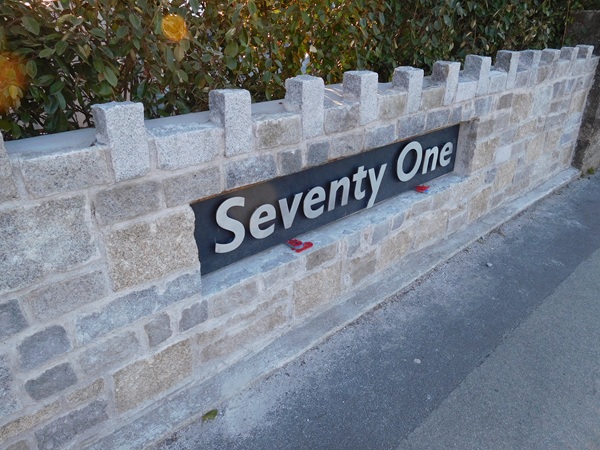
A traditional lime mortar was used to build the stonework.
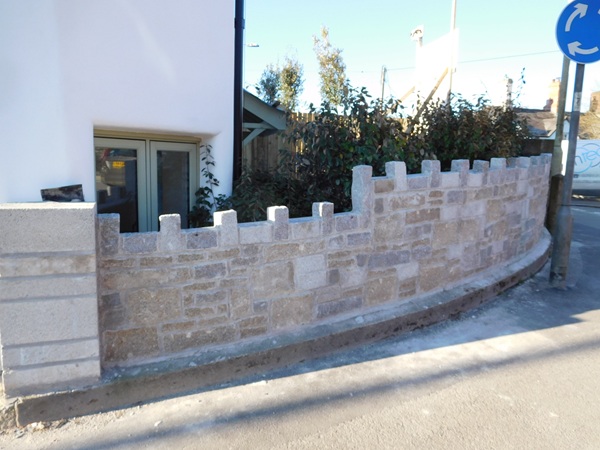
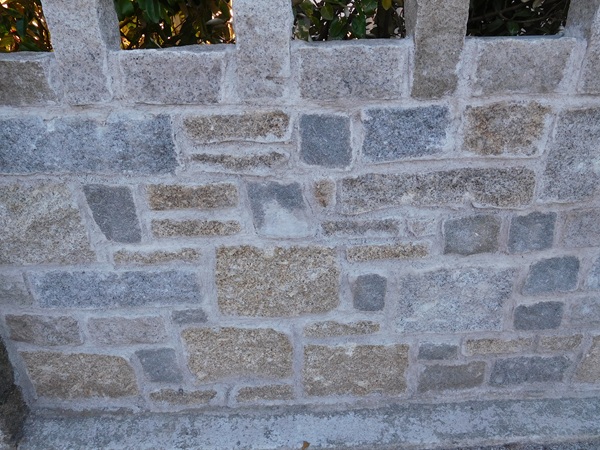
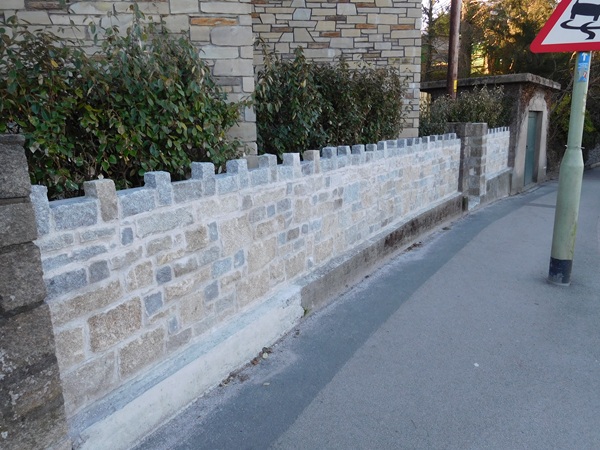
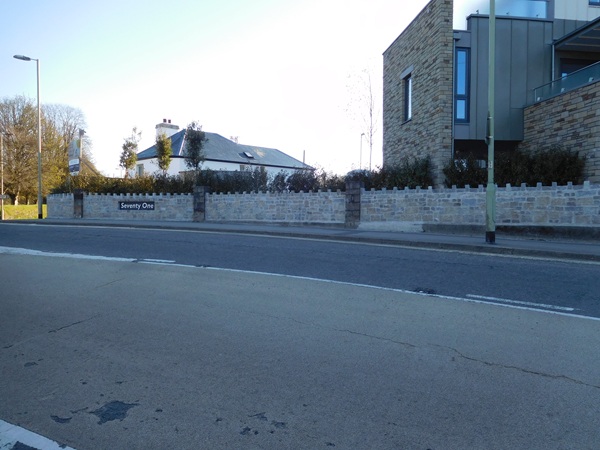
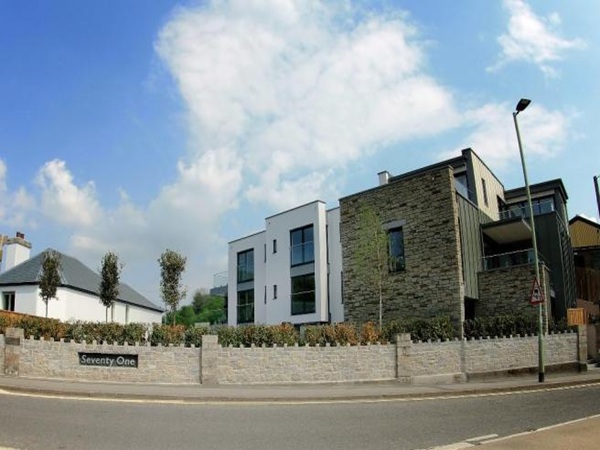
This style of stonework is called ‘random uncoursed ashlar’ a type of stone masonry that uses stones laid in random and discontinuous courses. With stones of varying sizes, uncoursed ashlar provides a more pleasing pattern whilst remaining structurally strong with the bonding of the joints within the stonework. This type of masonry is often used for its aesthetic appeal, as it creates a sense of balance and harmony.


